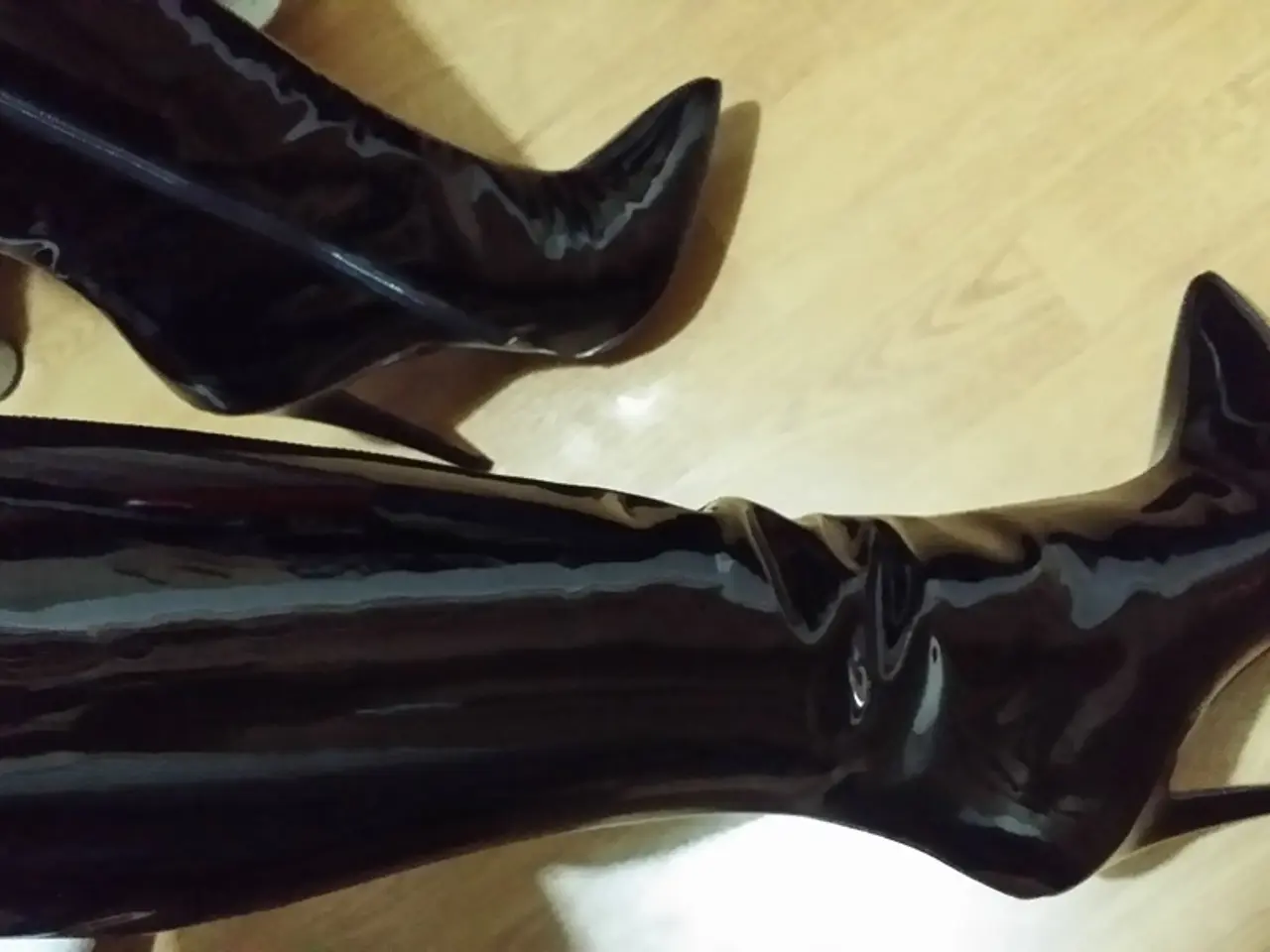Trump's proposal for a 39% tax on Swiss imports jeopardizes Rolex's sales figures
The luxury watch market is bracing for a significant change, with a 39% tariff on Swiss imports set to take effect on August 7, 2025. This move, announced by former U.S. President Donald Trump, will impact major brands like Rolex, Omega, Patek Philippe, and Vacheron Constantin, among others.
The tariff, which targets all Swiss imports as part of a broader overhaul of U.S. trade policy, will likely lead to steep retail price increases for luxury watches in the U.S. For instance, a Rolex Submariner currently priced around $10,000 could rise to nearly $14,000. This sharp price hike may deter younger buyers and new collectors who are more price-sensitive, while ultra-wealthy customers might absorb the cost more easily.
In response to this, consumer behaviour is expected to shift towards the pre-owned and secondary watch market. With prices surging in the new market, more buyers may seek watches from resale channels where prices can be relatively lower and supply more accessible. The secondary market, which already saw a boom due to supply constraints, waitlists, and the investment appeal of luxury watches, is predicted to be further accelerated by the tariff.
The tariff's effects could be particularly challenging for luxury watch brands, many of which lack deep financial buffers. Independent brands may find themselves especially vulnerable. On the other hand, the secondary market could potentially benefit from the increased prices of new Swiss watches, as collectors turn to pre-owned options.
Industry analysts warn that the tariffs could be "devastating" for Swiss watchmakers if maintained, given the combined pressure from a strong Swiss franc and declining global demand. Brands may attempt limited price increases or negotiations, but overall U.S. exports of Swiss watches are predicted to decline.
In a positive light, the tariff may make used watches even more attractive to price-conscious buyers. In fact, prices for used watches have fallen for 13 consecutive quarters. The second-hand watch industry, which accounts for nearly one-third of global watch sales, could see increased demand as a result of the tariff's effects on luxury retailers.
Switzerland, which exported over $6 billion in timepieces to the U.S. last year, making America its top market since 2020, will need to navigate this new landscape carefully. The lack of a formal trade agreement with the U.S. by the August deadline leaves Switzerland subject to one of the highest global tariff rates under Trump's framework.
As we move towards August 2025, the luxury watch market is poised for a significant transformation, with the pre-owned market potentially becoming a more popular choice for buyers seeking prestige watches due to the tariff. This dynamic could reshape the luxury watch market landscape significantly.
[1] Morgan Stanley and WatchCharts analysis [2] Swatch Group Q1 2024 earnings report
The tariff on Swiss imports could lead to an increase in the demand for pre-owned luxury watches, as prices in the new market rise significantly. [1]
With lower prices and accessible supply, the secondary market for luxury watches may see a surge in demand due to the tariff's effects on new retail prices, potentially reshaping the market landscape. [2]








